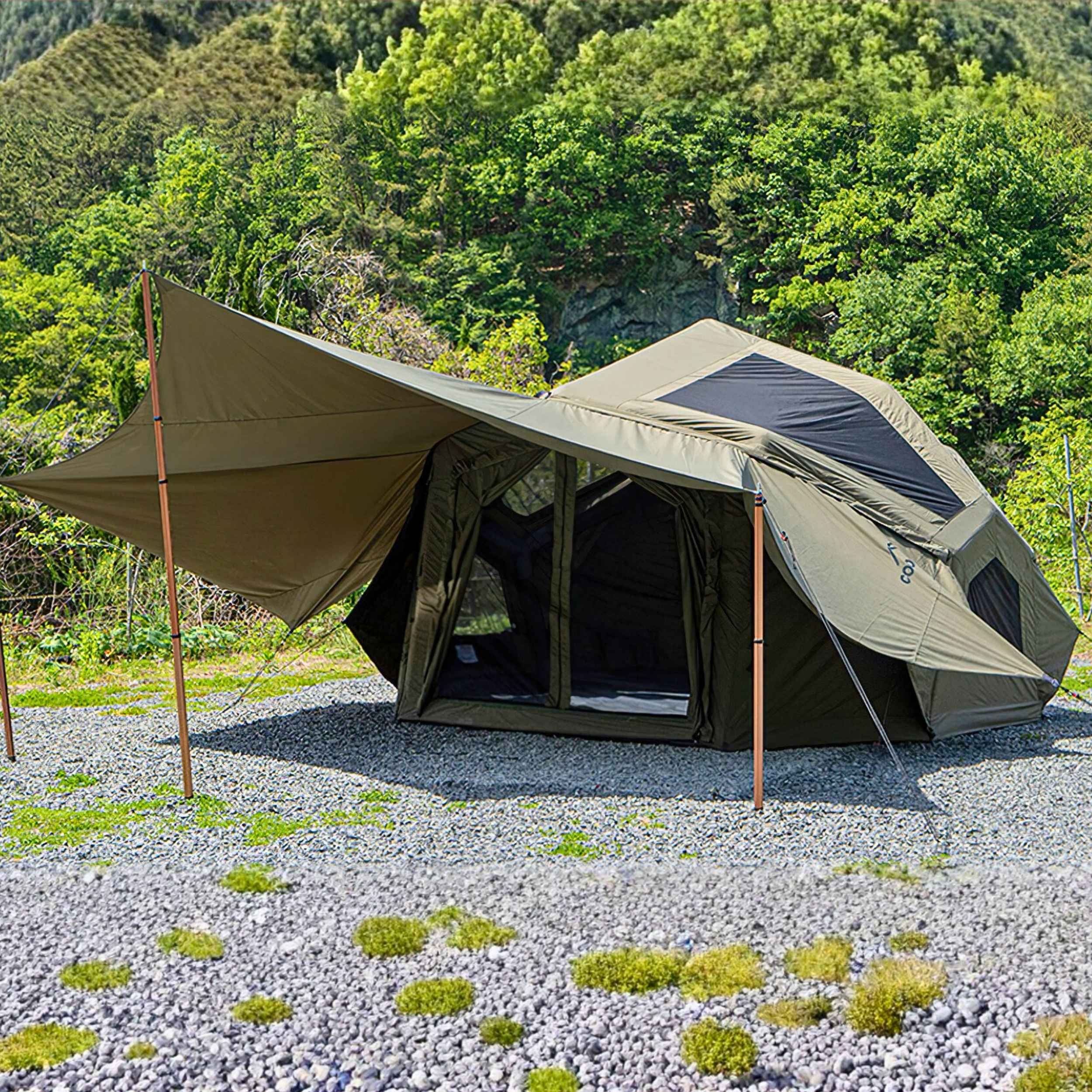Coody Camping Gear:
Frequently Asked Questions (FAQ)
What makes Coody inflatable tents and camping gear a great choice?
Why should I choose an inflatable tent instead of a traditional one?
How do I set up a Coody inflatable tent?
What is the best way to maintain a Coody tent and its accessories?
What makes Coody tents more reliable than other brands?
Which Coody tents offer a two-room setup?
Can Coody inflatable tents handle extreme weather conditions?
How portable are Coody inflatable tents?
How long does it take to assemble and pack a Coody inflatable tent?
How does temperature affect inflatable tent performance?
Are Coody tents resistant to animal-related damage?
Can Coody tents be interconnected?
Can I use a stove inside a Coody tent during rain?
Do Coody tents have closable windows?
Will thetent smell like smoke if a stove is used?

Our customer support is available everyday: 8am-8:30pm.Average answer time: 3h



